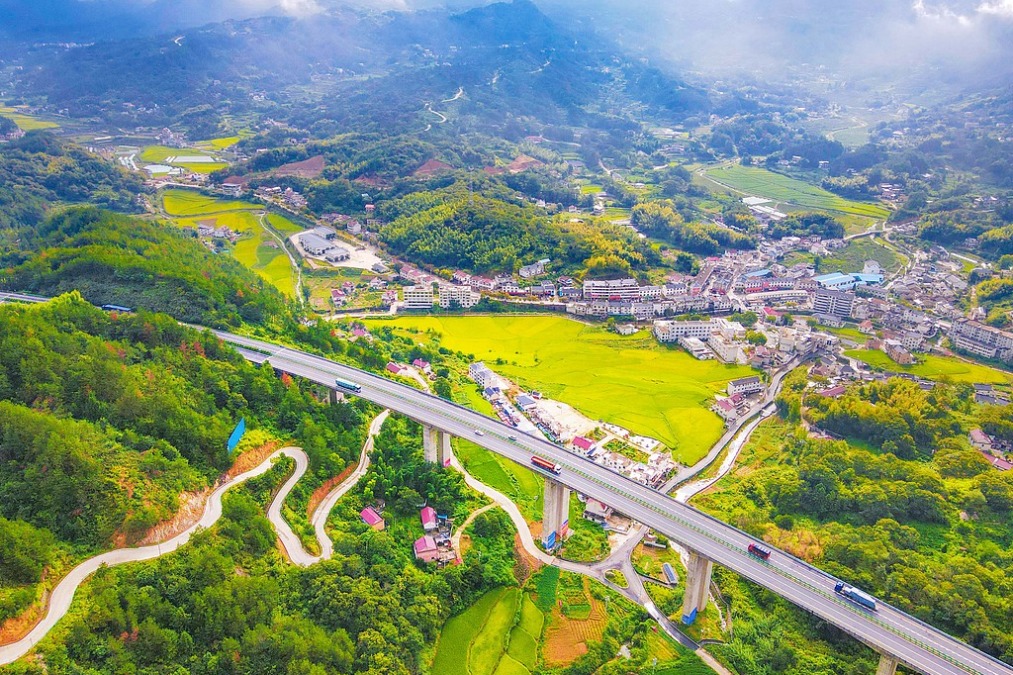Blue book outlines 'red lines' for areas of conservation


China has drawn red lines for its crucial ecological conservation areas of 3.19 million square kilometers covering more than 90 percent of typical ecosystems, according to a blue book released by the Ministry of Natural Resources on Tuesday.
The red lines refer to the minimum conservation area with crucial ecological functions that requires prioritized conservation efforts in the country.
The areas can include nature reserves, scenic spots, forests and wetlands.
In 2011, the country came up with the idea of drawing red lines and began work on developing them in 2017.
The "Blue Book on Ecological Protection Red Lines" was released as part of the ministry's commitment to preserving the nation's valuable ecosystems.
The land ecological conservation red lines cover about 3.04 million sq km, accounting for over 30 percent of the country's land area.
The marine ecological conservation red lines cover an area of about 150,000 sq km.
About 77 percent of the red line areas are located in the western regions of the country.
The blue book emphasizes the critical need to protect endangered species and their habitats.
By drawing the red lines, the country aims to prioritize the conservation of areas with significant functions, including water conservation, biodiversity maintenance, soil and water conservation, and coastal protection.
In a pilot notice released last year, provincial-level governments were entrusted with developing comprehensive plans to enhance management of red lines.
The notice, issued by the ministries of natural resources and ecology and environment together with the National Forestry and Grassland Administration, required them to regulate and control human activities.
Most development activities and construction are prohibited within the general control area of red lines.
Only certain human activities that do not disrupt ecological functions are permitted under the regulations.
These include patrolling, scientific research, disaster prevention and military defense, as well as the construction of necessary facilities and moderate tourism activities.
Indigenous residents and other approved legal entities are allowed to engage in activities such as farming, grazing, fishing and animal husbandry, as long as they do not expand existing construction land, cultivated land, the scale of aquaculture or grazing intensity.
Approved archaeological surveys, excavation and cultural heritage protection activities are allowed.
Sustainable logging from managed commercial forests and bamboo harvesting operations that comply with the law are also permitted.
China's efforts to establish the red lines not only contribute to the nation's long-term environmental well-being but also set an example for the global community in sustainable development practices, the Ministry of Natural Resources said.
- Full moon lights up Mid-Autumn Festival across China
- Mid-Autumn Festival celebrated across China
- Celebrating Mid-Autumn Festival across China with joy, tradition
- 137 hikers in NW China relocated due to heavy snowfall
- China to employ 7,000 retired teachers to work in rural areas
- Students and faculty enjoy Mid-Autumn festivities at Nankai University





































